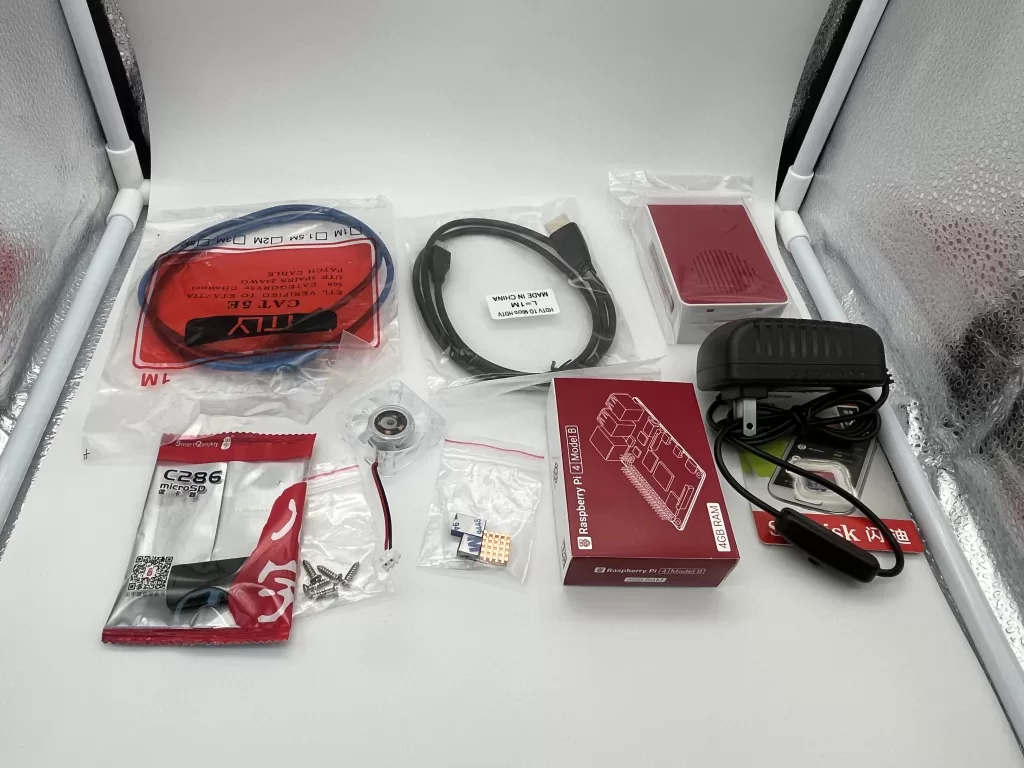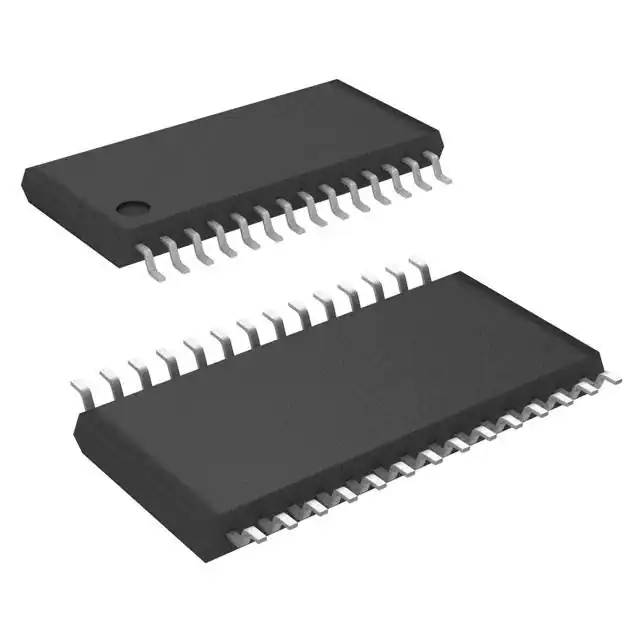In this blog post, we will discuss the basics of DSP, including its meaning and components, how it works, and what it is used for. We will also dis...
View detailsA/V Cables: The Bridge Between Audio and Video Devices
In this blog, we will delve into the world of A/V cables, exploring their types, uses, and relevance in the modern era.
What do cables mean?
In the context of home entertainment systems, the terms "cables" and "A/V cables" are frequently used interchangeably. It's crucial to remember that cables can also refer to various kinds of connectors, such coaxial, optical, and HDMI cables, each of which has an own purpose and use.
What are A/V Cables?
A/V cables, often known as audio/video cables, are a kind of cable that is used to send visual and audio information between electronic devices like audio systems, gaming consoles, DVD players, and televisions. These cables are available in multiple configurations, such as HDMI, composite, and component cables, each designed to meet certain requirements for audio and video transmission.

Are A/V Cables Still Used?
While wireless technologies have gained traction in recent years, A/V cables remain essential for various reasons:
- Legacy Equipment: A/V cables are used to connect a lot of older equipment, such as VCRs, DVD players, and even some game consoles, which lack HDMI connectors.
- Cost-Effectiveness: A/V cables are an affordable option for simple setups because they are substantially less expensive than wireless alternatives like HDMI cables.
- Simplicity: Plug-and-play A/V connections require little setup or configuration, making them perfect for users who like straightforward solutions.
- Reliability: Especially in crowded wireless environments, A/V cables provide dependable, interference-free signal transmission.
- Component Video: A/V cables can be utilized for component video, which is not possible with ordinary HDMI cables. Component video sends video signals in distinct channels for better color accuracy and image detail.
Types of A/V Cables
With various A/V cable types available, choosing the right one can be confusing. Here's a breakdown of the most common types:
- Composite Cables
- Description: The three connectors on composite cables, sometimes called RCA cables, are yellow for video and red and white for left and right audio channels.
- Uses: Older VCRs, DVD players, and game consoles are frequently connected to TVs with these.
- Limitations: Standard Definition (SD) signals are the only ones that composite cables can carry, making them the lowest quality video option.
- Component Cables
- Description: Three video (red, green, and blue) and two audio (left and right) connectors make up component cables with five total connectors.
- Uses: They are able to send high-definition (HD) signals and provide better video quality than composite cables.
- Compatibility: Most older devices with HD capability but no HDMI ports use component cables.
- HDMI Cables
- Description: High-Definition Multimedia Interface (HDMI) cables, which have one connector that can transmit both digital audio and video data, have become the industry standard for A/V connections.
- Uses: They are compatible with the newest Dolby Atmos surround sound and Ultra High Definition (UHD) audio and video standards.
- Benefits: High-quality, lossless transmission via HDMI guarantees the greatest possible audio and visual experience.
- Optical Cables
- Description: Optical cables, sometimes referred to as Toslink cables, convey digital audio signals by use of light rather than electricity.
- Uses: They are perfect for attaching digital audio sources to soundbars or receivers, such as CD or Blu-ray players.
- Benefits: Optical cables ensure clear, sharp audio quality by protecting against electromagnetic interference.
- VGA Cables
- Description: Video Graphics Array (VGA) cables are widely used in computer displays and projectors to transmit analog video information.
- Uses: They link computers to screens so that they can be utilized for games, presentations, and other visual tasks.
- Limitations: VGA cables may only send analog video signals; high-definition resolutions are not supported.
Video related to A/V Cables
Can A/V Cables be used for component video?
Yes, A/V cables can be used for component video connections. Three distinct channels make up component video, an analog video signal type that is divided into two for color information (chrominance) and one for luminance (brightness). Component video can be produced using A/V cables, which normally feature three connectors with red, white, and yellow plugs. The red plug corresponds to the Pr (red) component, the white plug to the Pb (blue) component, and the yellow plug to the Y (luminance) component.
However, it's important to note that A/V cables are not specifically designed for component video, and using them for this purpose may result in some limitations. For example, specialized component video cables may offer higher levels of signal quality and color accuracy than A/V cables. Utilizing cables made especially for component video connections is advised for best results. These cables usually consist of three different cables, one with an RCA or BNC connector for each component.
Choosing the Right A/V Cables
The type of A/V cable you need depends on your specific needs and equipment. Here are some factors to consider:
- Device Compatibility: Make sure the cable's connections fit the ports on your devices to ensure device compatibility.
- Signal Quality: For best results, select a cable that can handle the bandwidth and resolution of your devices.
- Cable Length: Choose a length of cable that will meet your demands without creating too much clutter.
- Budget: Establish your financial constraints and select a cable provider that strikes the ideal mix between cost and quality.
The Future of A/V Cables
Even while wireless technologies such as HDMI are gaining popularity, A/V cables remain an essential component of the home theater system. We may anticipate improvements in A/V cables that offer even better quality and performance as technology develops further. A/V cables will also continue to be useful for many years to come because to the continuous use of legacy technology.
Conclusion
In conclusion, A/V cables facilitate flawless signal transmission and connectivity between audio and video equipment by acting as the essential link between them. A/V cables are still essential in many applications, from professional audiovisual setups to home entertainment systems, even with the progress made in wireless technologies. Users may ensure optimal connectivity and performance when setting up their audiovisual systems by having a thorough awareness of the types and functions of A/V cables.
Ella
Ella is a skilled embedded systems engineer with experience in PCB design and microcontroller programming. She is committed to following the most recent developments in the field and is constantly seeking for ways to apply them to her work.
WEW ALL POSTS BYElla-
Digital Signal Processor Basics: A Comprehensive Guide to DSP 561
-
Battery Isolator vs Selector: Picking the Perfect Power Solution 152
In this blog, we will delve into the world of battery isolators and selectors, empowering you to make an informed decision for your specific setup.
View details -
Digital Signal Processors (DSPs) for Video Processing: A Beginner’s Guide 373
In this blog post, we will provide a beginner's guide to DSPs for video processing. We will discuss what DSPs are, how they are used in video proce...
View details -
A detailed introduction to VHDL programming language 415
This article is going to make detailed introduction about VHDL including basic elements of VHDL, VHDL code simulation, and so on.
View details -
What is BIOS (Basic Input/Output System)? 536
In this blog, the concepts, types, and working principles of BIOS will be explored to foster the understanding of BIOS.
View details -
A/D Converter: Basic Principle and Types 412
The A/D converter plays a crucial role in various applications, including telecommunications, audio processing, sensor data acquisition, and more. ...
View details
 Ampheo Electronics
Ampheo Electronics






